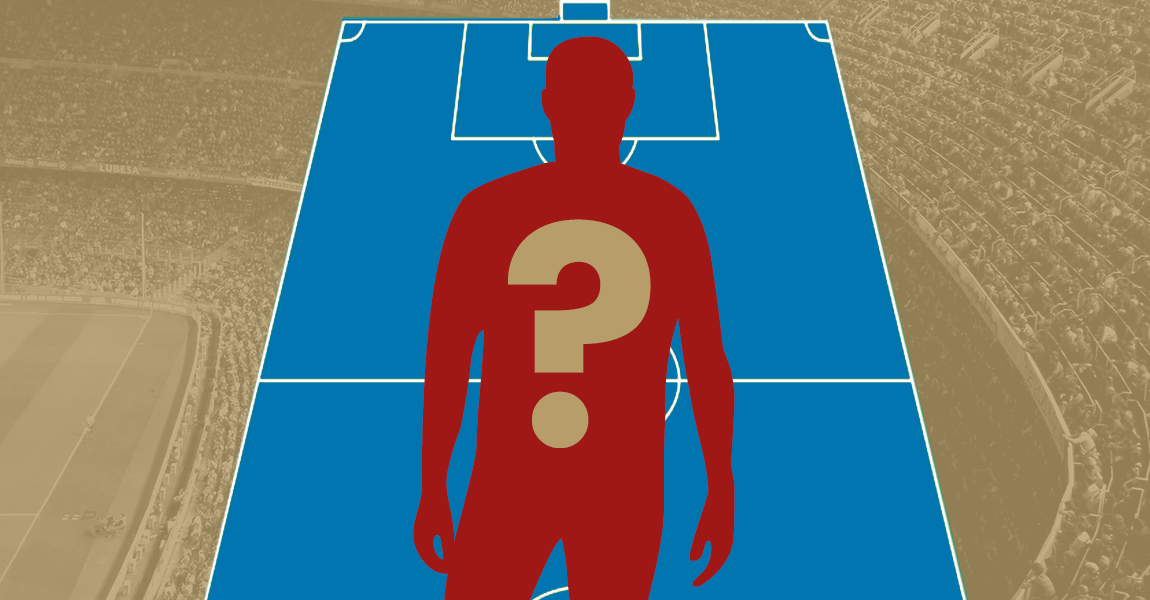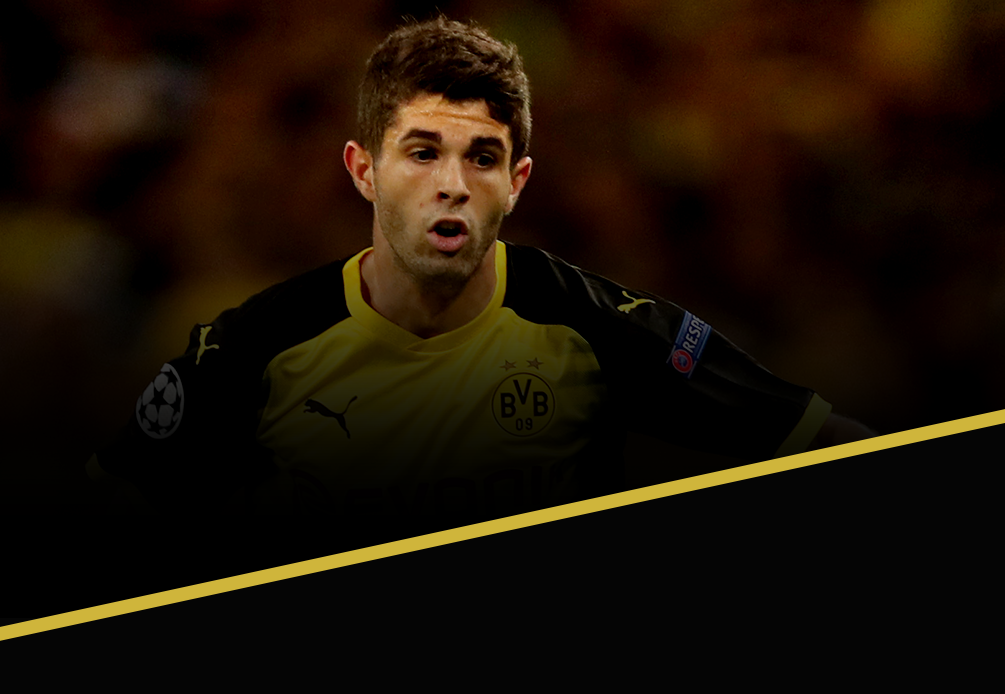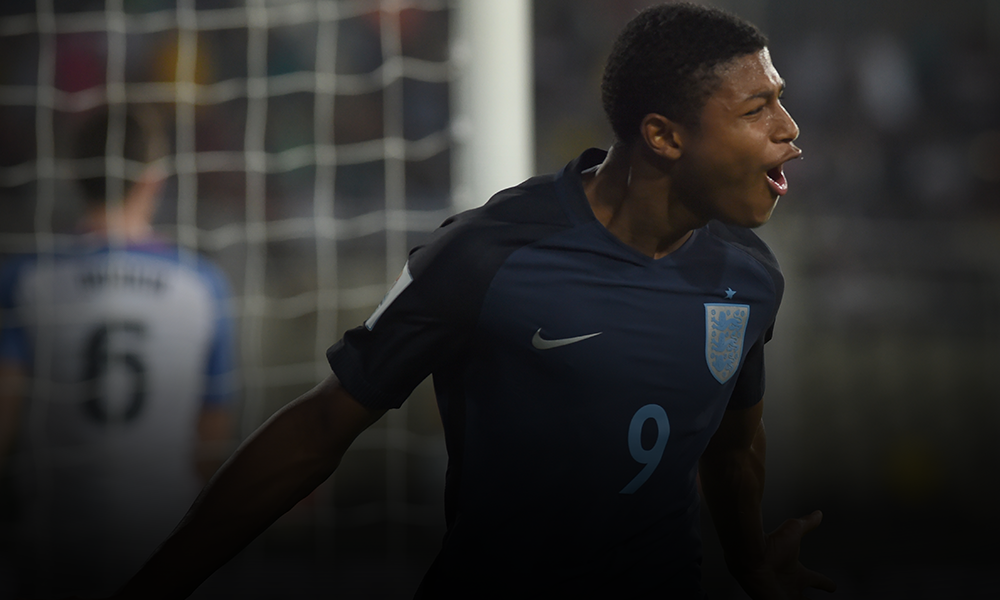The United States cruised through qualifying in CONCACAF after a rough opening loss to Honduras, boasting a 7-1-2 record overall. JurgenKlinsmann’s side only lost to Honduras and Costa Rica, each loss coming away from home and in the tropical heat of the home side’s nation. The United States lone draw came in Mexico at one of the greatest stadium atmospheres in the world, the hostile Estadio Azteca in Mexico City. The “Yanks” were unbeaten at home throughout qualifying, and were rewarded with the Group of Death at the World Cup featuring Portugal, Ghana, and Germany.Klinsmann has called in 30 players to start camp and will narrow down his squad to 23 before heading off to Brazil.
BASIC FORMATION: 4-2-3-1 or 4-4-1-1
Jurgen Klinsmann most commonly deploys the United States in a 4-2-3-1 formation, with two rotating, holding midfielders, two wingers, and a lone striker up top with another forward or midfielder sitting right underneath him as playmaker. The Americans under Klinsmann employ a possession based style of play, though the U.S. in not limited to that style in and of itself.

ANALYSIS
Klinsmann often features Sunderland striker JozyAltidore alone up top to get in behind the defense or hold up the ball until support arrives. Clint Dempsey, Chris Wondolowski and Aron Johannsson are the other options at forward for the United States. Aron Johannsson and Chris Wondolowski are perhaps more technical finishers of smaller stature. Clint Dempsey commonly plays as the support placed right underneath Altidore in the playmaker role (trequartista). Dempsey also holds that spot as the tip of the center triangle, connecting the midfield to the front. The number ten role is not deep for the United States, but options to Dempsey include Mix Diskerud and Alejandro Bedoya. The two wingers are encouraged to get forward to offer support, but expected to track back and play defense as well. With no Landon Donovan, Graham Zusi and Bedoya have split the wing duties between them as during the qualifying process and will continue to do so in Brazil now that Donovan is not in the squad. Other wide options for the U.S. include Brad Davis, Aron Johannsson, and the youngster Julian Green.
The two holding midfielders, projected to be Michael Bradley and Jermaine Jones, are tasked with guarding the back four and supporting the attack. Often, one player will move forward in attack while the other stays back in a supporting role. These two midfielders interchange their roles throughout the match, requiring them to read each other and know when it is appropriate to move forward. Bradley and Jones will likely start all three group matches at the World Cup, but playing reserve to them will be Kyle Beckerman.
In defense, the back four presses high up the pitch and, depending on the opponent, the two outside backs look to get forward and overlap on the wings. Matt Besler and Omar Gonzalez have been paired together in the center of defense most often during qualifying, but Klinsmann has said in camp recently that Cameron will at center back. John Brooks is another option for Klinsmann to use in the central defense as well. DaMarcus Beasley and Fabian Johnson have split the duties of left back in the last 3 years, but Klinsmann likes to place Johnson on the left wing due to his creative abilities. With Cameron at center back, Timothy Chandler and DeAndre Yedlin are viable options at right back. Chandler would seem to have the edge right now to start, but Fabian Johnson could sneak there as well. In goal, the U.S. has great depth with starter Tim Howard, Brad Guzan, and Nick Rimando.
MORE READING | Interview with ex-player & journalist with ESPN, Fox Soccer and more, Janusz Michallik
For the United States, the most glaring weakness of the 4-2-3-1 is the isolation of the lone striker. At this time, that striker is likely going to be Jozy Altidore. Before going further it should be mentioned that Klinsmann has no allegiance to this formation and, like any manager, changes his formation based upon the opponent. For the sake of this article we will discuss what Klinsmann has most commonly used which is the 4-2-3-1, but it is also common to see Klinsmann pull out the 4-4-2 or some variation thereof.
To support Altidore, Klinsmann has asked one of his two holding midfielders to move forward and join the attack alongside or behind the trequartista (Dempsey), thus closing the gap between the midfield and forward(s) while giving support. This box-to-box midfielder most commonly alternates between Jones and Bradley, and Bradley offers the greater creativity and skill between the two. While one moves forward the other remains behind to guard the backline as a sweeper. Communication is of utter importance for these two players, for if both end up moving forward gaps occur in the midfield which then become useful for the opponent to counter. There have been some issues in the past between Jones and Bradley when communicating and, while much better in recent times, that is still a concern for many going up against the best players in the world. Unlike Jones, Beckerman holds the necessary discipline to stay back and allow Bradley to move forward without having to worry about what’s going on behind him.
KEY PLAYERS
The Defense – Of all the possible concerns going into this World Cup for the United States, the defense certainly has to be top or close to it. As such, the entire defense will be a key player in how the U.S. performs in Brazil. There is no set back four for the United States. Which players will start where is very much up in the air. It remains quite possible that a different backline could be used in every match, though that seems unlikely. How the back line performs could possibly be the most important thing going into this World Cup. Whoever ends up starting will face the likes of Cristiano Ronaldo, Marco Reus, Miroslav Klose, Lukas Podolski, Asamoah Gyan (the bane of all US fans’ existence), Sulley Muntari, Kwadwo Asamoah, and Christian Atsu – just to name a few.
Omar Gonzalez is possibly the player in defense with the most to lose at this point. His starting center back role is up in the air after a shaky start to his MLS season with the Galaxy as well as a shaky second half in the United States last friendly against Mexico. In his place will be Geoff Cameron, who despite playing the season at right back for Stoke, claims his best position is at center back. A Cameron-Besler center back pairing does not seem too far fetched. The fullbacks are in question too. Timmy Chandler was absent throughout qualifying, and the stature of the opponent is much greater in Brazil than he’s ever faced at the international level. Having just recovered from injury at Nuremberg in Germany and having not played for the United States since their opening match defeat against Honduras, it’s unclear right now if he is the best option for the USA. The upcoming prep matches for the World Cup will be a big stage for him. His experience in the Bundesliga could be crucial against every opponent the U.S. faces.
Cameron, having played there all season for Stoke in the Premier League, offers another decent option. DeAndre Yedlin is young and has little experience. It seems unlikely we will see him unless an injury occurs. On the left the picture is only a little clearer. DaMarcus Beasley has played left back several times during qualifying but has rarely played there against the caliber of opponents the U.S. will face in June. Fabian Johnson is a great option to play on the left. Like Chandler, he plies his trade in the Bundesliga at Hoffenheim (next season at Gladbach) and that experience could be key for the States. Klinsmann will have to decide if he wants Johnson on defense or, as he has done several times during qualifying, contributing to the attack at left wing. In the opinion of the author, the best defense for the United States is Chandler-Cameron-Besler-Johnson.
Jozy Altidore, Clint Dempsey, and Michael Bradley will also be important for the USMNT. These players form the spine of the team, and getting them to perform is the key for Klinsmann.
TALENT RADAR KEY YOUNG PLAYERS
Julian Green | The 18-year old Julian Green is creating quite the stir for US Soccer fans right now, not least of which because he has yet to play for Bayern Munich’s first team outside his debut in the Champions League last fall in a short cameo late in the game. Green, a forward most commonly deployed on the wing, decided to make his one-time switch with FIFA from Germany over to the United States earlier this year. Green has been on Klinsmann’s watchlist for some time, but even so it has come as a surprise to many that a player with so little experience will get such a massive opportunity over other players who perhaps have worked harder.
Still, Klinsmann is perhaps correct in making such a move in an attempt to strengthen a position that is not deep for the U.S. right now. Green is fast, young, skilled and not afraid to take players on 1v1. Pep Guardiola has heaped praise upon the lad, claiming that Green “can play wide and upfront, left and right.” Thomas Mueller, the Bayern star midfielder, says “the kid is for his age very robust and fast, very willing to work, technically very good. I like him.” Bayern’s sporting director Matthias Sammer: “He can play any offensive position.” Green is not without his faults. His size and inexperience are major weaknesses to his game. He can be pushed off the ball in a 50/50 situation. Having played little at such a high level, Green will have to learn quickly in order to make a difference in Brazil.
CONCLUSION
The United States is not afraid of any of its opponents. In fact, on multiple occasions several players have said they relish the opportunity to face such stiff competition and feel that they are right in the mix for getting past the group stage. Klinsmann favors an attacking, hardworking style of play similar to that of Germany. The Yanks can be good on the counter but don’t look for them to deploy it too often. Based on what we’ve seen, Klinsmann will want his side to attempt to control the game depending on the opponent. The United States faces a tough task against all its group opponents, but the ability to sneak through exists with the right results. The rest of the world may doubt them, but they won’t care. They have a task to do.
Read all our World Cup Tactical Previews here, and all other WC2014 related content here.
- World Cup 2014 Tactics: Analyzing USA’s tactical approach for the 2014 FIFA World Cup - June 2, 2014
- An American In Amsterdam (Part 1) - January 24, 2014
- Nabil Ghilas: Scout Report - July 14, 2013























































